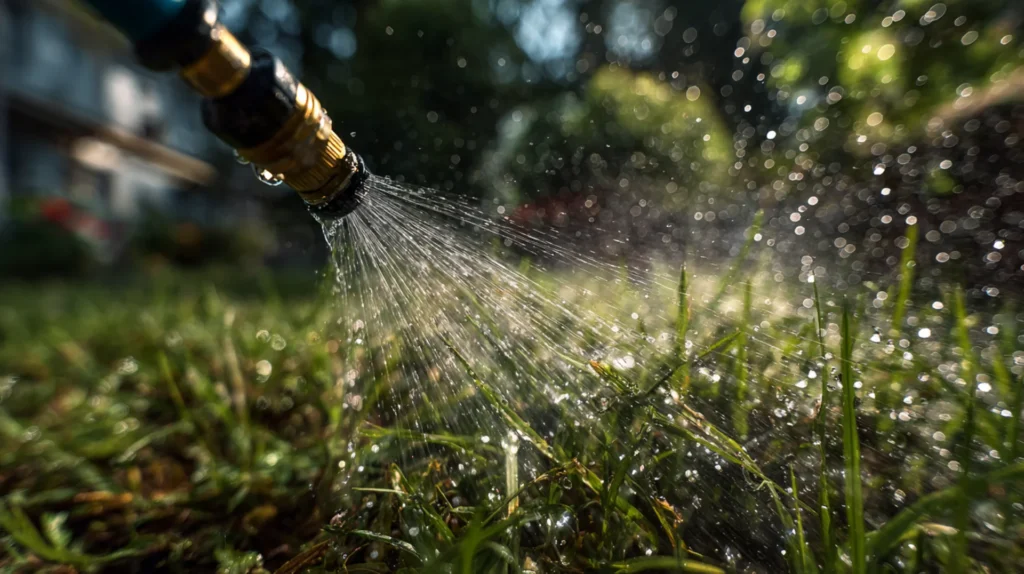Effectively managing fleas and ticks doesn’t require harsh chemicals. You can protect your yard naturally, creating a safer environment for your family, pets, and local wildlife. This post explores powerful eco-friendly treatments that sustainably combat flea and tick infestations.
Top Natural Treatments for Fleas and Ticks
Beneficial Nematodes
Beneficial nematodes are microscopic worms that naturally inhabit soil and actively hunt and eliminate flea and tick larvae.
- How they work: They enter pest larvae and release bacteria that quickly kills the host.
- Application tips: Apply nematodes with a sprayer during evening hours or cloudy days to avoid direct sunlight.
Cedarwood Oil
Cedarwood oil is a powerful natural insect repellent.
- Effectiveness: It repels and can kill adult fleas and ticks on contact.
- Usage: Apply diluted cedarwood oil sprays to lawn areas, especially in shaded spots.
Diatomaceous Earth
This natural, powdery substance derived from fossilized algae is highly effective against fleas and ticks.
- How it works: It dehydrates insects on contact.
- Best practices: Spread food-grade diatomaceous earth around your yard, focusing on shaded and humid areas.
Neem Oil
Neem oil disrupts the life cycle of fleas and ticks, preventing maturation and reproduction.
Application: Mix neem oil with water and spray over affected lawn areas weekly during peak seasons.

Natural Treatments vs. Chemical Methods
Here’s a clear comparison to help you make an informed decision:
Feature | Natural Methods | Chemical Treatments |
Safety | Safe for pets, children, and wildlife | Potentially harmful and toxic |
Effectiveness | Highly effective when applied correctly | Immediate but short-lived, pests can develop resistance |
Environmental Impact | Minimal, supports biodiversity | Can contaminate water and soil |
Cost | Economical over time | Recurring costs can be high |
Tips for Maximizing Natural Treatment Effectiveness
- Apply treatments consistently, especially during peak flea and tick seasons (spring and fall).
- Combine treatments (nematodes with cedarwood or neem oils) for comprehensive control.
- Regularly mow and maintain your lawn to enhance the effectiveness of natural treatments.

Implementing Eco-Friendly Practices
Integrate these treatments with preventive landscaping strategies:
- Plant flea and tick-repelling herbs such as rosemary, mint, lavender, and lemongrass.
- Use wood chips or gravel barriers around wooded edges to discourage ticks.
Explore our landscaping guide for flea and tick prevention for detailed strategies.
Next Steps
Stay tuned for our upcoming blog on how strategic landscaping practices can significantly reduce fleas and ticks.
Need personalized guidance? Contact Greenstripe today for eco-friendly, tailored lawn care solutions.

Frequently Asked Questions
How quickly do natural treatments eliminate fleas and ticks?
Results vary, but noticeable reductions typically occur within days to weeks when applied consistently.
Can natural treatments harm my pets or kids?
No, these treatments are safe when used as directed.
Do natural treatments need frequent reapplication?
Regular applications, especially during high-risk periods, ensure lasting effectiveness.
Will rain wash away natural flea and tick treatments?
Some treatments like nematodes penetrate soil and remain effective; oils and powders may need reapplication after heavy rain.
Can I combine multiple natural treatments simultaneously?
Yes, combining treatments often yields superior results in managing flea and tick populations sustainably.



